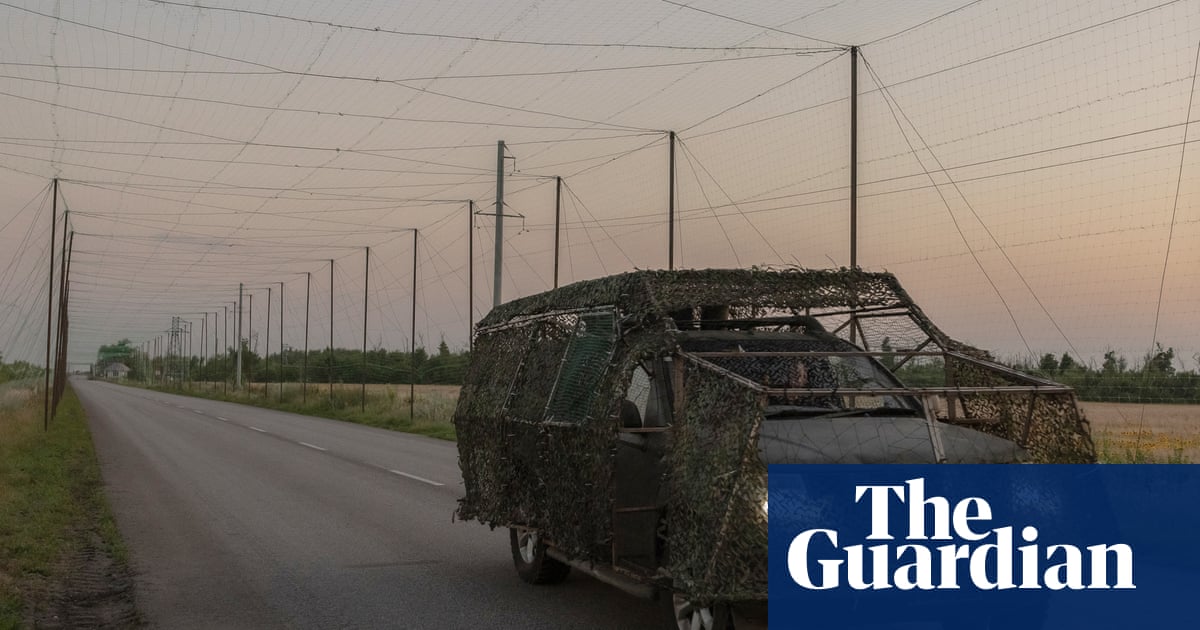The Unfolding Situation: Ukraine and Russia’s Intensifying Conflict
The ongoing conflict between Ukraine and Russia has yielded a plethora of complex narratives and developments that are keeping the international community on high alert. Recent statements from key figures and actions on the ground reveal the intricacies of this multifaceted crisis.
Trump’s Response: A Shift in Sentiment
In a notable shift, former President Donald Trump expressed his willingness to consider further sanctions against Russia, stating, “I’m looking at it.” His comments reflect a growing discontent with Russian President Vladimir Putin, particularly in light of escalating violence in Ukraine. Trump’s recent announcement of plans to send “more weapons” to Ukraine marks a significant reversal from the Pentagon’s pause on military aid, signaling a potential pivot in U.S. policy that might bolster Ukraine’s defensive capabilities.
Casualties from Drone Attacks in Russia
The situation remains fraught with distressing reports of casualties stemming from drone attacks attributed to Ukraine. Russian authorities announced that a drone strike targeted a beach in Kursk city, resulting in the deaths of three people, including a Russian serviceman. The acting regional governor, Alexander Khinshtein, suggested that the serviceman was attempting to evacuate civilians when the drone struck. Additionally, a Ukrainian drone purportedly targeted a hospital in Rylsk, injuring two people, shattering windows, and igniting a fire. However, Ukraine has consistently denied targeting civilians, asserting that any strikes within Russia are aimed at military installations and infrastructure critical to the conflict.
Security Measures and Legislative Changes in Russia
In response to perceived threats, the Russian government has been tightening its grip on internal security measures. A new bill passed by the lower house of parliament allows the Federal Security Service (FSB) to establish its own pre-trial detention centers. This decision reinstates a power that was abolished following the Soviet era, underscoring the Kremlin’s concerns over increased intelligence and subversive activities within the country, particularly since the onset of the war.
Wagner Group’s Arrests and Broader Implications
As the conflict continues to escalate, so does the involvement of extremist groups like the banned Wagner Group. Recent court proceedings revealed that a group of men were convicted for an arson attack against a warehouse in East London. This facility was notable for supplying humanitarian aid and StarLink satellite communication equipment to Ukraine. The convicted individuals were also implicated in broader conspiracies to conduct further arson attacks in London, including plans to kidnap a Russian dissident. These events underline the transnational nature of the conflict and how it resonates well beyond Ukraine’s borders.
International Reactions and Humanitarian Efforts
The international community is reacting with a mix of condemnation and support regarding the ongoing violence. Countries are weighing their responses with strategic military aid to Ukraine while grappling with the implications of supporting opposition groups like Wagner, which highlight the complex web of alliances and adversarial politics at play. Humanitarian efforts continue, even amidst threats and violence, as various organizations strive to provide relief to those affected by the conflict.
Conclusion
As the conflict between Ukraine and Russia evolves, the dynamics of international relations, military strategy, and humanitarian concerns remain intertwined. Each development—from Trump’s statements to drone attacks and legislative changes—speaks to the broader narrative of a region grappling with uncertainty and strife. The ongoing situation necessitates vigilant observation and thoughtful engagement from the global community.


